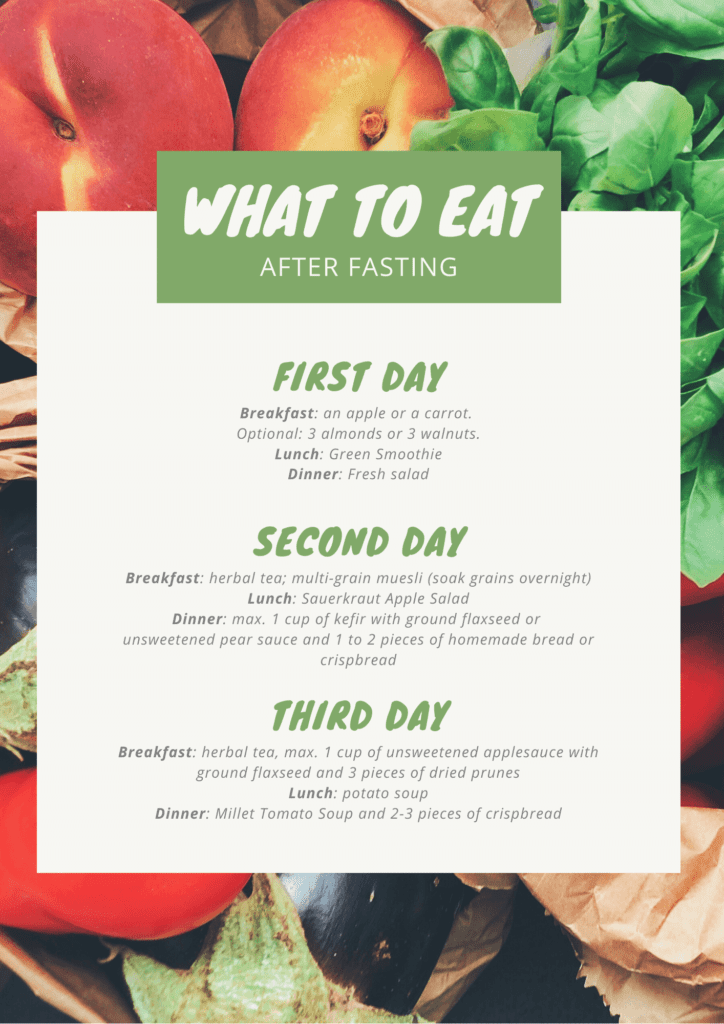what to eat after fasting for 2 days Fasting plan diet meal intermittent weight 16 plans fast schedule lose week food healthy eat days if loss eating fat
Intermittent fasting has gained popularity in recent years as a way to promote weight loss, improve metabolic health, and enhance overall well-being. If you’re considering incorporating intermittent fasting into your lifestyle, it’s important to understand the basics and know how to break the fast properly for optimal results. In this article, we’ll guide you through the essentials of intermittent fasting and provide some valuable tips on how to break the fast.
Intermittent Fasting 101
Intermittent fasting is an eating pattern that cycles between periods of fasting and eating. While there are various types of intermittent fasting, one common approach is the 16/8 method. This method involves fasting for 16 hours and restricting eating to an 8-hour window each day.
During the fasting period, your body undergoes several changes that can have numerous health benefits. These include enhanced fat burning, improved insulin sensitivity, increased production of human growth hormone, and cellular repair processes.
It’s essential to note that during the fasting period, only water, unsweetened herbal tea, or black coffee should be consumed. Consuming any calories, even from small snacks or beverages, can disrupt the physiological benefits of fasting.
Breaking the Fast
After successfully completing your fasting period, it’s crucial to break the fast in a way that allows your body to ease back into the feeding state without causing any digestive discomfort or blood sugar imbalances. Here are some tips on how to break the fast:
Choose Nutrient-Dense Foods
When breaking a fast, it’s important to choose foods that are rich in essential nutrients. Your body has been in a fasting state, so it’s essential to reintroduce it to wholesome foods that provide the necessary vitamins, minerals, and macronutrients.
Consider starting with a satisfying and nutrient-dense meal such as a salad with leafy greens, lean protein, and healthy fats. This type of meal will provide you with essential nutrients and help to stabilize your blood sugar levels.
Hydrate Your Body
While fasting, it’s crucial to stay well-hydrated, and the same applies when breaking the fast. Begin your eating window by drinking a glass of water or unsweetened herbal tea to rehydrate your body. Proper hydration is vital for digestion, nutrient absorption, and overall well-being.
Avoid Overeating
After a period of fasting, it can be tempting to indulge in a large meal. However, overeating can cause discomfort and disrupt your body’s ability to properly adjust to the feeding state. Instead, focus on listening to your body’s hunger and fullness cues and eat until you are satisfied but not overly stuffed.
Include Protein, Fiber, and Healthy Fats
When breaking the fast, it’s important to include a balance of macronutrients, primarily protein, fiber, and healthy fats. These nutrients are essential for building and repairing tissues, promoting satiety, and stabilizing blood sugar levels.
Consider incorporating foods such as grilled chicken breast, avocado, nuts, seeds, and fibrous vegetables like broccoli or spinach into your post-fasting meal. This will provide you with a diverse range of nutrients and help support your overall health and well-being.
The Importance of Mindful Eating
Breaking the fast is not only about the foods you consume but also how you eat them. Mindful eating involves paying attention to your body’s hunger and fullness cues, eating slowly, and savoring each bite. This approach allows you to better connect with your body’s needs and promotes a healthier relationship with food.
Acknowledge the flavors, textures, and aromas of the food you’re consuming. Avoid distractions such as electronic devices or television and focus on the act of eating. By practicing mindful eating, you can fully enjoy your meals and improve your digestion.
Conclusion
Intermittent fasting can be an effective and sustainable approach for weight management and overall health improvement. However, it’s essential to break the fast properly to maximize the benefits and avoid any potential discomfort. By choosing nutrient-dense foods, staying hydrated, avoiding overeating, and practicing mindful eating, you can make the most out of your intermittent fasting journey and support your well-being.
If you are looking for INTERMITTENT FASTING 101 BY: @syattfitness & Edited BY you’ve visit to the right page. We have 5 Images about INTERMITTENT FASTING 101 BY: @syattfitness & Edited BY like INTERMITTENT FASTING 101 BY: @syattfitness & Edited BY, What to eat after fasting period: Мeal plans for 2-3 days and also INTERMITTENT FASTING 101 BY: @syattfitness & Edited BY. Read more:
INTERMITTENT FASTING 101 BY: @syattfitness & Edited BY
 www.pinterest.comfasting intermittent syattfitness calorie summary mine essentials nowadays drinks diets womenfitnessmag
www.pinterest.comfasting intermittent syattfitness calorie summary mine essentials nowadays drinks diets womenfitnessmag
Pin On Diet Plan
 www.pinterest.cafasting plan diet meal intermittent weight 16 plans fast schedule lose week food healthy eat days if loss eating fat
www.pinterest.cafasting plan diet meal intermittent weight 16 plans fast schedule lose week food healthy eat days if loss eating fat
What To Eat After Fasting Period: Мeal Plans For 2-3 Days
 truly-fab.comHow Should I Break The Fast? What Should I Eat After 3 Days Fasting
truly-fab.comHow Should I Break The Fast? What Should I Eat After 3 Days Fasting
 juiceon.helpsite.comfasting heavy
juiceon.helpsite.comfasting heavy
What To Eat After Fasting Period: Мeal Plans For 2-3 Days
 truly-fab.comFasting intermittent syattfitness calorie summary mine essentials nowadays drinks diets womenfitnessmag. How should i break the fast? what should i eat after 3 days fasting. Intermittent fasting 101 by: @syattfitness & edited by
truly-fab.comFasting intermittent syattfitness calorie summary mine essentials nowadays drinks diets womenfitnessmag. How should i break the fast? what should i eat after 3 days fasting. Intermittent fasting 101 by: @syattfitness & edited by